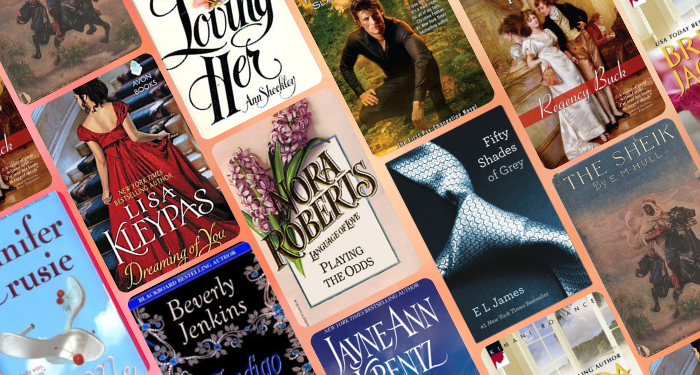
The 20 Most Influential Romance Novels of the Last 100 Years
Romance novels have been one of the most popular genres of books within the last century. While many different groups mock and criticize romance novels, readers keep gravitating towards books about love, dating, sex, and happily ever afters. Unfortunately, romance novels aren’t always looked at under the same critical and academic lens as other genres of writing. There are woefully few academic sources on the history of romance writing. (Although, shout out to the wonderful ones that do exist!) This lack of information, and the fact that many early influential romance novels are out of print, can make it hard to understand the important changes and trends within the category.
Even defining what is a romance novel is difficult…even though I know romance novels must include a happy ending. So many lists about the most influential romance novels are full of Jane Austen, the Brontë sisters, and (ugh) Nicholas Sparks. While many of these have romance, and even happy endings, I still don’t think of them as romance novels. I wanted to focus more specifically on the books published specifically by romance publishers for romance readers. I went down a bit of a deep research rabbit hole, and I agonized over who to include. I’m sure I missed a few of your favorites, because I cut many of my favorites too. But enough of my angst! Here is a list of 20 influential romance novels from the last century. They include trope defining trendsetters, important firsts within the genre, and popular writers who brought new readers into romance.
I want to note that even though all of these novels were certainly influential, that doesn’t mean they are without flaws. Especially, some of the older books on the list contain sexist tropes, racist stereotypes, fatphobia, and violence on the page. I’ve tried to list the problematic or potentially triggering elements for each book.
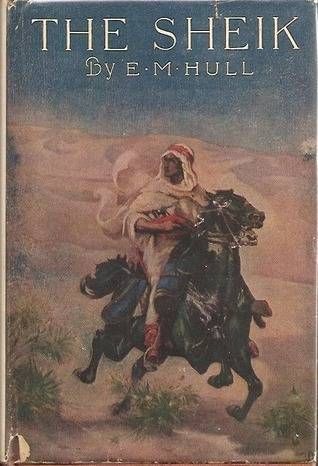
The Sheik by Edith M. Hull (1919)
This massively popular book created a huge interest in the “desert romance” trope. The formula of these books is clear and highly problematic. In them white women from Europe travel to Middle Eastern countries, are kidnapped by local men, and eventually fall in love with their kidnappers. Books like The Sheik were considered adventurous and a way for readers to experience new cultures. There is even a film adaptation of the story staring Rudolph Valentino. At the time, they were criticized for portraying white women falling in love with non-white men. Now, readers find fault with the racist stereotypes and trope of women falling in love with men who kidnap and, sometimes, rape them. However, The Sheik was clearly a trendsetting romance novel at the time, along with serving as inspiration for the rise of bodice rippers in the 1970s.
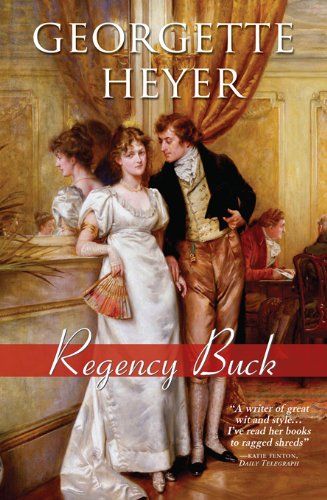
Regency Buck by Georgette Heyer (1935)
For almost 100 years, Regency romances have dominated the historical romance market. Georgette Heyer had written several romances set pre-1800 when she published her first Regency romance in 1935. The enemies-to-lovers romance borrows heavily from Jane Austen, while focusing in more on historical details and the romance between a strong-willed young woman and her insufferable guardian. With Regency Buck, Heyer set off a huge romance trend that is still going strong today. Her influence on historical romance is clear. However, it should be noted that some of her other books include offensive stereotypes, such as the antisemitic tropes and descriptions in The Grand Sophy.
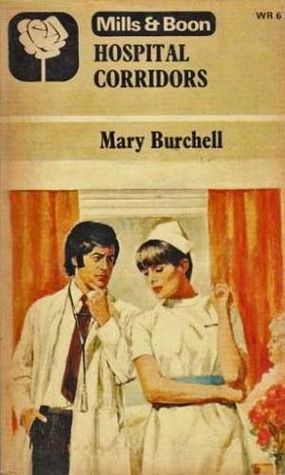
Hospital Corridors by Mary Burchell (1958)
Mary Burchell was an early and incredibly popular writer for the British romance publisher Mills and Boon. In fact, she wrote 112 books for them between 1936 and 1985. Her heroines were known for being more down to earth and having careers. No category of romance was more popular at the time than doctor/nurse pairings (although pilot/stewardess romances might have been a close second). Hospital Corridors was one of the first Mills and Boon romances to be re-published by Harlequin in America. It tells the story of a young British nurse who decides to move to a new hospital in Canada and her romance with an aloof, unapproachable doctor.
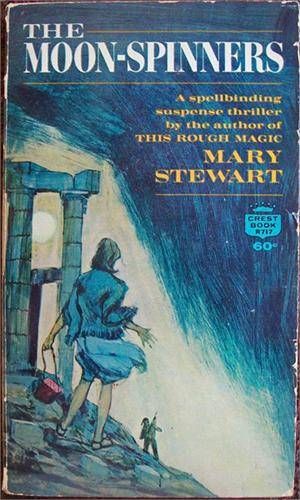
The Moon-Spinners by Mary Stewart (1962)
Mary Stewart helped define the romantic suspense genre. She is superb at balancing the creation of a full mystery within her novels, while also telling the story of a couple falling in love. In The Moon-Spinners, Nicola is a secretary at the British Embassy in Greece who gets embroiled in a mystery when she finds an injured Englishman while hiking. The book was so popular that Disney made a film adaptation of it staring Hayley Mills. Romantic suspense started gaining popularity in the 1960s, but would really take off in the 1980s, when publishers specifically were looking for romances inspired by Mary Stewart.
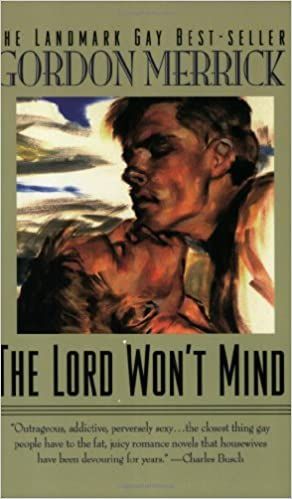
The Lord Won’t Mind by Gordon Merrick (1970)
At a time when most lesbian and gay characters in books had tragic endings, Gordon Merrick ignored publishers’ advice and gave his lovers, Charlie and Peter, a happy ending. Not only did this mark The Lord Won’t Mind as a seminal text within LGBTQ romance, but it also was the first queer romance to find a mainstream audience. It appeared on The New York Times Best Seller list for 16 weeks in 1970. Charlie and Peter fall madly in love as young men, but initially Charlie doesn’t want to come out and marries a female heiress. Through a disastrous marriage, Charlie realizes he won’t be happy without Peter and begins to accept his sexual orientation. The book ends (happily!) with Charlie and Peter reuniting. Potential readers should be warned about the misogynistic, racist, and homophobic attitudes from several characters in the book. Additionally, Charlie and his first wife both commit acts of violence against each other. The book has also been criticized for insisting on classical beauty and muscled physiques as vital for his male characters. Still, by bucking industry trends and creating a happily ever after for Charlie and Peter, Merrick created an important shift in LGBTQ romance and wrote a book beloved by many readers.
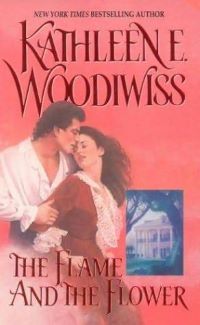
The Flame and the Flower by Kathleen E. Woodiwiss (1972)
This novel basically invented the “Bodice Ripper” category of romance. It’s also considered to be the first sexually explicit romance, where sex happens on the page. In this historical epic romance, Heather Simmons kills a man to defend herself and then is kidnapped by Sea Captain Brandon Birmingham — some would say rescued, but I’m going to call this a straight-up kidnapping. This story spawned a trend of romance novels, where the male leads began as villains and ended as heroes and women fell in love with the men who’d raped them. The Flame and the Flower plays a complicated part in the history of romance. It promotes a problematic (and for many readers, traumatic) trope, but also took women’s sexuality seriously and paved the way for more sex-positive romance novels.
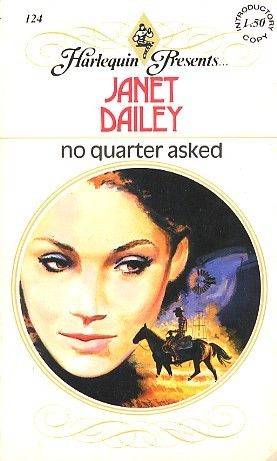
No Quarter Asked by Janet Daily (1974)
Janet Dailey’s No Quarter Asked signaled a big shift from romance novels being primarily British and European to the rise in American romance novels. This was the first novel set in America by an American writer for the dominant romance publisher Mills and Boon. The book also helped pioneer (pun intended) the western romance sub-genre. In the story, Stacy retreats to an isolate Texas cabin to grieve her father’s death. But she soon butts heads with the rugged, handsome rancher Cord who wants her to go back to the city. Dailey’s place in romance novel is history is marred by her later plagiarizing from the books of Nora Roberts.
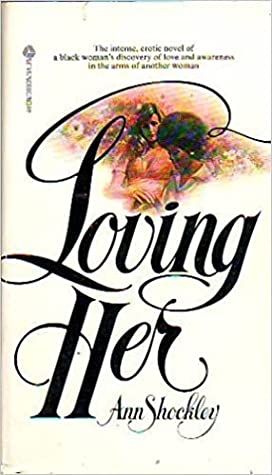
Loving Her by Ann Shockley (1974)
Renay is a Black musician in an abusive marriage with an alcoholic man. When he sells her piano, she runs away with her child. Renay finds passion, love, and mutual respect in a new relationship with Terry, a wealthy, white woman author who Renay met at a supper club. Despite the racism and homophobia Renay and Terry face, they end up happily together and in love at the end of the book. This book stands out for several reasons. The happy ending in a queer novel was still quite unusual for this time. It is also the first known interracial lesbian romance which brings intersectionality to the genre.
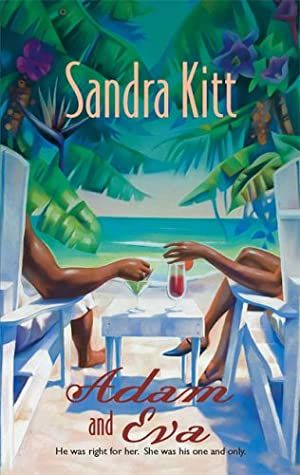
Adam and Eva by Sandra Kitt (1984)
Entwined Destinies by Rosalind Welles is known as the first romance novel by a Black author to feature Black characters. But Sandra Kitt was the first Black romance author to publish with Harlequin and build a romance writing career with over 25 books. This groundbreaking romance, brought together Eva and Maxwell (sometimes called Adam in the book…it’s confusing) on a tropical vacation. They were two people who had been wounded by love in the past. But eventually, they give in to the undeniable chemistry between them. The gender roles and fat shaming are old fashioned, but other parts of the story hold up.
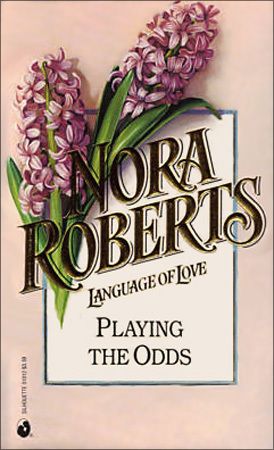
Playing the Odds by Nora Roberts (1985)
Whew! I had a lot of angst picking which Nora Roberts book to add to the list. She’s kind of in her own class when it comes to influential romance novels. When she broke onto the romance scene in the 1980s, she was immediately popular and incredibly prolific. She’s written over 200 romance novels and 69 New York Times Best Sellers. One Nora Roberts fact sheet for Penguin says on average 13 of her books are sold every minute. She didn’t create a new category, genre, or trope within romance. But by writing dependably wonderful romance novels in many categories, she expanded the readership greatly. Her first book, Irish Thoroughbred, was published in 1981, and she wrote 23 more romances before publishing Playing the Odds in 1985. I told you she was prolific! But this was her first bestseller and the first of the MacGregor series. Most romance novels were standalone at the time. But this novel shows the trend of romance series having characters who were family, friends, coworkers, or linked in some other way. Later, Roberts would write thrillers, standalones, science fiction romance, and more. But Playing the Odds gave the first hint of the romance legend she would become.

Sweet Starfire by Jayne Ann Krentz (1986)
It’s hard to choose just one Jayne Ann Krentz romance to add to a list of influential romance novels, because she wrote superlatively in many romance categories. But Sweet Starfire is known as the first futuristic romance published by a mainstream publisher. In a future universe, Cidra and Teague go on an interplanetary adventure to find an alien shrine. Not only was this book hugely important for the development of both science fiction and paranormal romance, it also apparently inspired Krentz to begin writing her amazing historical romances under the name Amanda Quick.
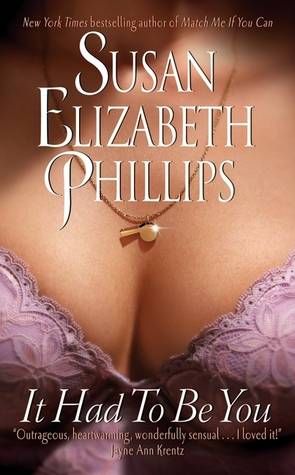
It Had to Be You by Susan Elizabeth Phillips (1994)
Susan Elizabeth Phillips started writing romance novels in the 1980s. But her Chicago Stars series, starting with this book, brought the idea of sports romance novels into the market. Phoebe is a beautiful, young heiress who hates sports and just inherited a Chicago football team. At first, she thinks the head coach Dan is a sexist jerk, but that opinion slowly changes throughout the story. Aside from helping invent the sports romance sub-genre, Phillips writing demonstrates the increasing trend for adding humor into romance novels.
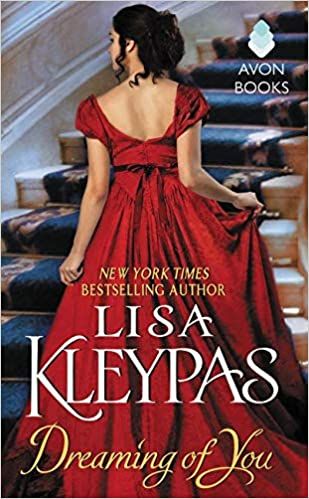
Dreaming of You by Lisa Kleypas (1995)
Regency romances remained dominant in historical romance (in fact, they still are), but Lisa Kleypas’s Dreaming of You shows how far they’ve moved on from the novels of Georgette Heyer or the bodice rippers from the 1970s and ’80s. In this Regency romance, the heroine Sara makes her own living as a writer, and the hero isn’t a duke or lord from the aristocracy. Instead, Derek Craven was born poor in the London slums and is now a wealthy owner of an exclusive gambling club. This reversal in class dynamics, the agency of the heroine, and the emphasis on female friendship all represent an influential shift in historical romance.
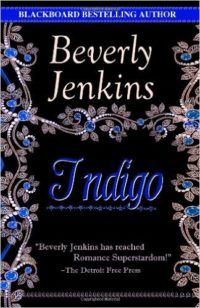
Indigo by Beverly Jenkins (1996)
No list of influential romance novels would be complete without Beverly Jenkins on it. She started publishing in the 1990s and was instrumental in the reclaiming of Black stories from history. While she writes in several genres, her historical romances have been hugely influential within romance history. Indigo tells the story of Hester and Daniel, two conductors of the Underground Railroad. Sparks fly between the pair as Hester must nurse Daniel back to health after a severe injury. Like all Beverly Jenkins books, the heroine is brave, intelligent, and powerful and the chemistry in the romance is undeniable.
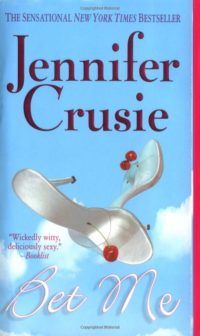
Bet Me by Jennifer Crusie (2004)
Written by a romance fiction scholar, Bet Me challenged the overwhelming norm of romance novel heroines being thin and conventionally attractive. Minerva begins the novel believing that she must lose weight and change her appearance to find love. While Crusie doesn’t tell us Minerva’s exact body dimensions, she is described as chubby throughout the novel. But Cal, the hero, is attracted to her exactly as she is. This paved a path for more fat heroines and fat positive romances to come since (although personally, I’m still waiting for more fat heroes in romance novels). Be warned there is a lot of diet talk in this book, but otherwise it is smart, funny, and so sexy.
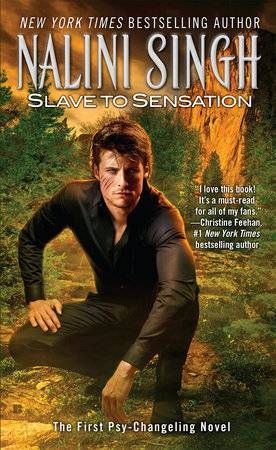
Slave to Sensation by Nalini Singh (2006)
Nalini Singh began writing paranormal romance before the YA novel Twilight made the genre explode in popularity. In her popular Psy-Changeling series, she introduces a world where emotions are forbidden. Sascha is a rare member of the ruling Psy species who feels emotions. She must keep them hidden at all cost. Lucas is a Changeling who can shift between human and panther forms. The Psy and Changeling are on the brink of war, when Sascha and Lucas are brought together. Both are surprised by each other and the feelings that build out of their relationship. The book influenced the explosion of shapeshifter/werewolf romances that flooded the romance novel market in the 2000s. It also combined science fiction, fantasy, and paranormal elements in new and innovative ways.

Irresistible Forces by Brenda Jackson (2008)
Brenda Jackson is another pioneering Black romance novelist. When she first started writing romances, editors offered to publish her books only if she made her Black characters white. She refused, believing there was a market for Black love stories. In 1995, she published her first novel Tonight and Forever with the new Arabesque imprint, focused on African American romances. She would go on to become the first Black romance author to publish over 100 books and the first to hit the USA Today Bestselling List. But it was Irresistible Forces that marked the first Black romance novel to hit The New York Times Best Seller list. Dominic and Taylor both want a child, but not the relationship or marriage that go along with it. They make a business deal to go to the Caribbean on a “procreation vacation.” Yes, this book is exactly as bonkers as it sounds. But also, yes it will show you why Brenda Jackson is such a beloved, barrier-breaking author.
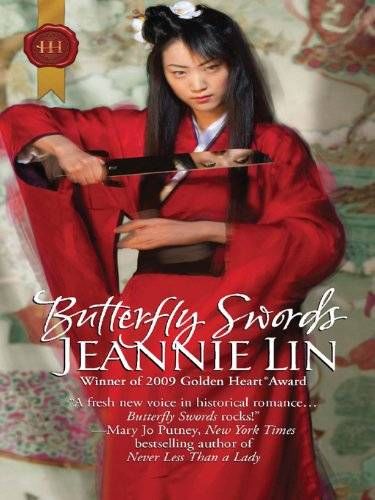
Butterfly Swords by Jeannie Lin (2010)
Jeannie Lin’s debut novel won the Golden Heart award for historical fiction from the Romance Writers of America. Set in Tang Dynasty China, her books show a move away from historical romance taking place in just Europe and America. In this story, Princess Ai Li runs away before her wedding with only her butterfly swords to protect her. She enlists the help of Ryam, a foreign warrior, to help regain her honor and royal legacy.
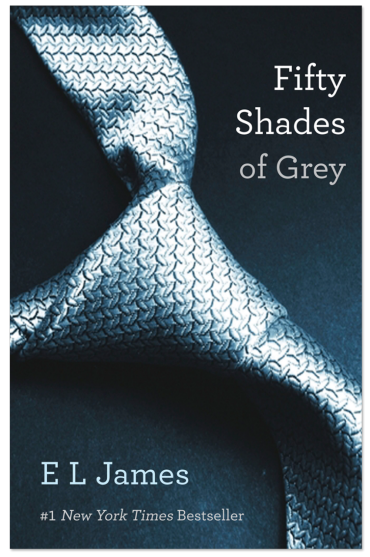
Fifty Shades of Grey by E.L. James (2011)
Some people hate Fifty Shades of Grey or will argue it doesn’t belong in the romance category. But, as evidenced by it selling over 100 million copies, a lot of people love the book too, and its impact on romance novels and the market is apparent. The first in a trilogy about a controlling young billionaire and innocent college graduate was a publishing phenomenon. It showed the dominance (pun intended) of self publishing/fan fiction movements within romance. It brought literally millions of readers into the romance genre. And, furthermore, it brought the idea of BDSM into the mainstream and caused a huge increase in kink in romance novels.
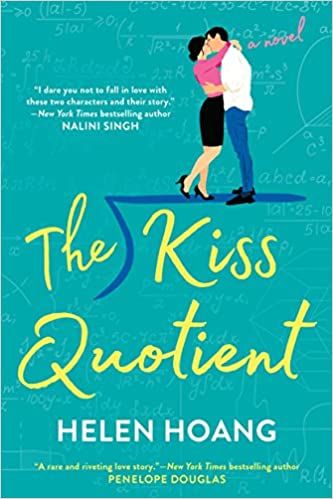
The Kiss Quotient by Helen Hoang (2018)
Helen Hoang’s debut novel was an instant hit in the romance world. It went through several printings the summer it came out, and got a seal of approval from folks ranging from Roxane Gay to The New York Times. In the story, Stella is a successful econometrician on the autism spectrum who falls in love with Michael, the male escort she hires to teach her about sex and intimacy. The book is hilarious, sexy, and so romantic. It also marked a turning point for diversity in romance, with an intersectional story combining representation around race, disability, and sex workers with depth and nuance.
For more information on influential romance novel and romance history, I suggest checking out the podcasts Fated Mates and Black Romance Podcast, The Romance Novel in English: A Survey in Rare Books 1769–1999 by Rebecca Romney, and the books Dangerous Men and Adventurous Women: Romance Writers on the Appeal of the Romance edited by Jayne Ann Krentz and A Natural History of the Romance Novel by Pamela Regis. These were all amazing sources for making this list.
And for romance recommendations, check out the romance/erotica archives here at Book Riot.







